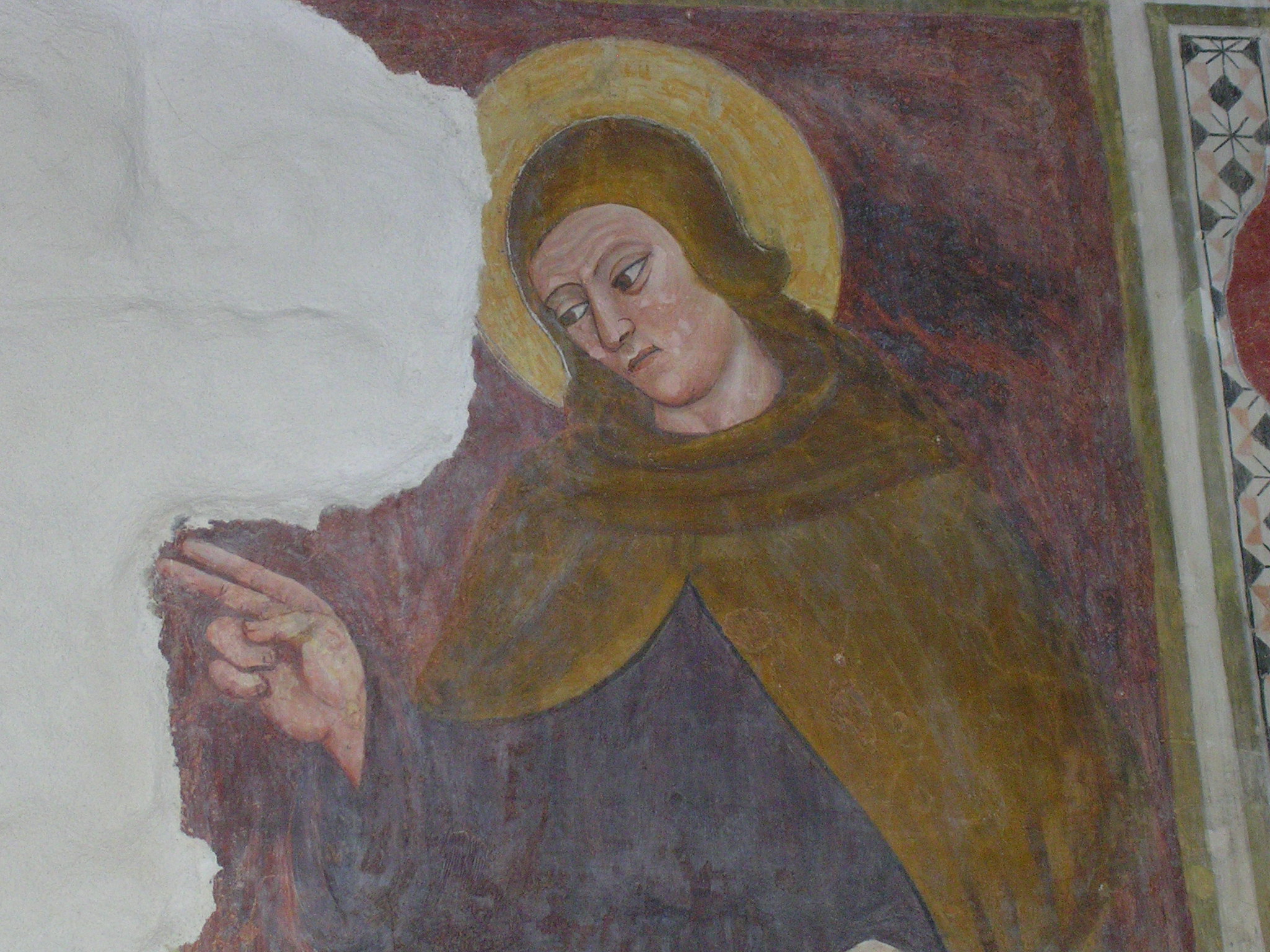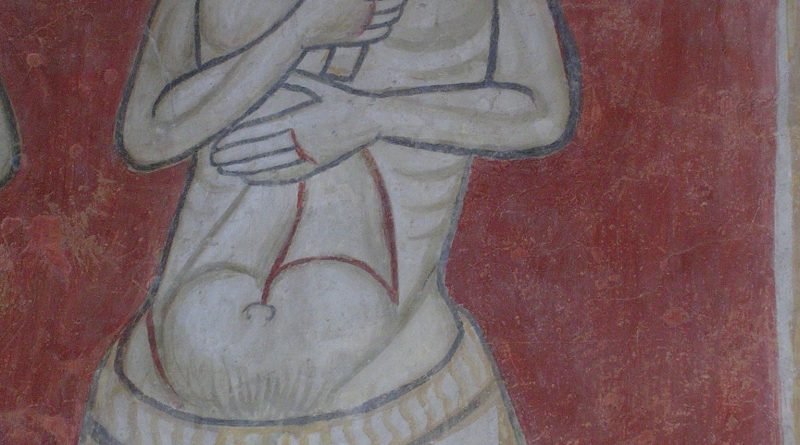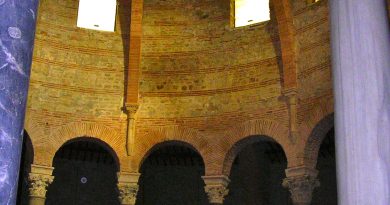The saint of Templars
According to the tradition Bevignate was a hermit who was born and lived in Perugia, although we don’t know exactly when. André Vauchez called him “the mysterious saint of Perugia” and Ugolino Nicolini wrote: “total darkness surrounds his story.”
Some say he lived at the end of the fifth century, others between the XII and XIII.” A legend says he came from Germany at the time of Theodoric, King of the Goths. The same tradition says he has six brothers, including Ercolano, the bishop who became the patron saint of Perugia.
Iacobilli reports that Bevignate left the material world to enter into a “monastery of monks who wore white habits of wool cloth and blue rope belt”. In a forest outside the citywall of Perugia, he lived as a hermit for many years, in poverty, penitence, prayer and divine contemplation.
Among his miracles there is one regarding olives and wheat, that became ripe before their times making possible to feed the poor who visited him. A second miracle occurred when two innocents men, sentenced to death, were saved and released by recommendation of the saint. A third miracle was the resurrection of a child, killed by a wolf and saved by the saint. This miracle was represented in an medieval fresco inside the templar church dedicated to the saint.

Regarding the feast of Saint Bevignate, as noted from medieval documents of 1342 (Statuto di Perugia), it was officially recognized on May 14.
Ettore Ricci states that: “According to tradition he was born in the last years of the fifth century, and died on May 14 of 520”. But a different date is recorded for his death in a Templar medieval manuscript, preserved in the Biblioteca Capitolare di Modena .
Curious and somewhat unusual is another event that could confirm the date of May 12 rather than the 14th.
In 1260, when the construction of the new Templar church of Perugia was almost completed, the Podestà (Mayor) granted a period of “exceptional festivities” which included the suspension of all work activities for a period of 15 days, from May 4 to the 19th, which means 7 days before and 7 days after the date of the 12th. Just a coincidence?
the concession of these civic and religious festivities was supported by brother Raniero Fasani, the Perugian founder of the new Movement of Flagellants.
According to the historian Bonazzi: “The hermit Raniero Fasani passed his religious life in penitence at the suburban temple of St. Bevignate. A man appeared to him in a vision: it was St. Bevignate, another Perugian Saint, who ordered him to make public the punishments he was inflicting upon himself in secret. The same desire could have been impressed upon him by the town, considering their veneration for the saint of Perugia.”
We know that in 1260 Fasani implored the authorities of Perugia for an extension of holidays and celebrations, obtaining it until May 30. Only five days later, the city sent their first request for the canonization of Bevignate to the Pope.
All these facts are related and testify to the existence of a close relationship between the Flagellants and Knights Templars. This theory is confirmed also by a fresco painted in the apse of the templar church, which represents some penitents, half-naked, in the act of flagellating themselves. The scene was frescoed beneath that of the Last Judgment.
The veneration of the inhabitants of Perugia for Bevignate remained unchanged for many centuries, as certainly demonstrated in the seventeenth century by the magnificent and spectacular procession held in Perugia in 1609, on May 17, on the occasion of the translatio (transfer) of the sacred relics of St. Ercolano, St. Pietro Vincioli and St. Bevignate.
Antonella Bazzoli – 10/13/2008




